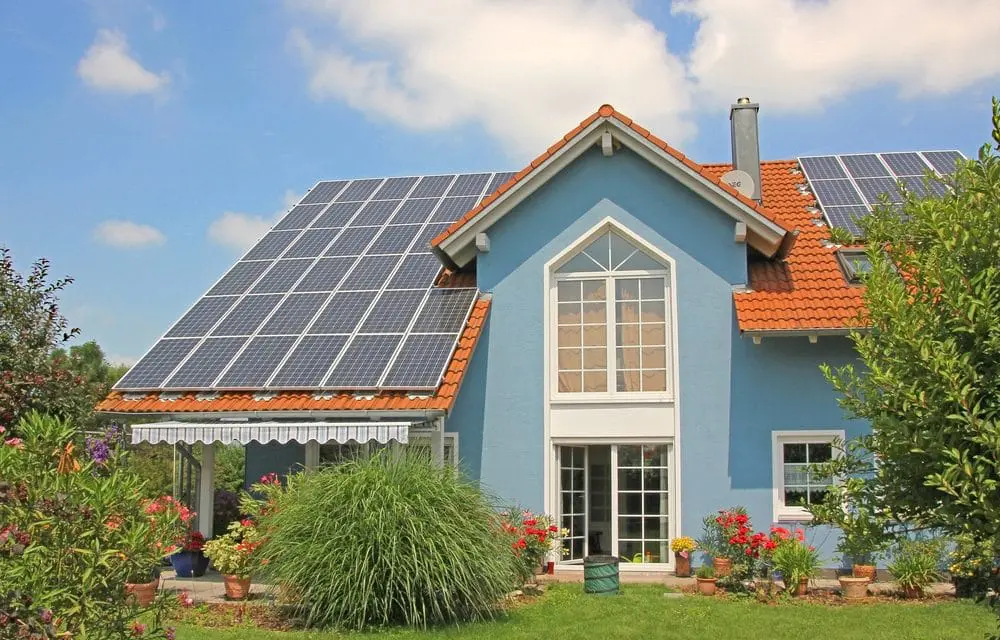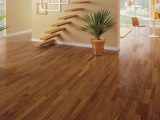
Top 5 Eco-Friendly Roofing Options for Sustainable Homes
January 24, 2024 0 By Woody SmithThe roof of a home is an important structural element that has the potential to impact the environment in many ways. Ecological homeowners often seek out sustainable roofing options that can help to reduce carbon emissions and energy costs.
Metal roofs are a popular choice because they are made from recycled materials and come in a variety of aesthetic variations. Cool roofs, which use white asphalt shingles to reflect the sun’s heat and reduce air conditioning usage, are another option.
Table of Contents
Toggle1. Metal Roofs
Metal roofs, which can be made with new or recycled materials, are one of the most eco-friendly roofing options available. They have reflective properties that help keep homes cool and reduce energy costs, while they’re also recyclable at the end of their lifespan.
Additionally, metal roofs are fire-resistant, giving homeowners peace of mind if they live in an area with wildfire risk. These roofing options are also highly customizable, with style and color variations to match any home design.
Clay tile roofs are another great option for sustainable homes. Like other eco-friendly roofing types, they’re energy-efficient and insulate well, reducing the need for air conditioning. They’re also lightweight, so they place less strain on a home’s structure than traditional asphalt shingles. Plus, they can be molded to fit unique architectural features for an eye-catching appearance.
2. Cool Roofs
Cool roofs are white or light-colored roofs that reflect sunlight rather than absorb it, making them one of the most energy efficient eco friendly roofing options. They keep homes cooler and reduce air conditioning use, which saves on summer energy bills.
They also help reduce the “urban heat island effect” in which dark surfaces raise urban temperatures. Compared to traditional roofs, cool roofs can lower ambient air temperature by up to 7 degrees Fahrenheit.
This helps reduce the strain on power grids during hot summer days, as well as mitigate the risk of power outages. Other benefits of a cool roof include reduced water heating costs and improved indoor comfort.
3. Standard Shingle Roofs
As one of the most common roofing materials, standard asphalt shingles offer a number of eco-friendly benefits. These shingles can be made of recycled materials, helping to divert waste from landfills and reduce greenhouse gas emissions. They are also often more durable than traditional shingles, reducing the need for frequent replacements and energy consumption.
Wood shakes and shingles are another popular roofing option, but only when they’re made of sustainably harvested wood. They also have natural insulating properties that can help lower a home’s energy costs.
However, this roof type can be expensive to install and may require more maintenance than other options. Additionally, green roofs require significant structural support and are only viable in climates with ample sunlight. Still, these roofs can be a beautiful addition to any sustainable home.
4. Corrugated Roofs
Corrugated metal roofs offer a sleek and durable option that’s not only eco-friendly, but it also adds an updated aesthetic to your home. They’re also durable against harsh weather conditions and trap heat to help lower your energy bills.
They come in a variety of colors and finishes to match your design preferences, and they’re lighter than standing seam metal roof panels so that you can benefit from a cooler roof. They’re also highly recyclable and can be combined with solar panels for a more sustainable choice.
For homeowners who prefer the classic look of shingles, recycled shingle roofs are a great option. These roofs are made from recycled materials and have a long lifespan. They’re also fire-resistant and can be insulated to minimize your HVAC use.
5. Synthetic Shake Shingles
The roof is an important part of the sustainability of a home. Fortunately, eco-friendly roofing choices allow homeowners to enjoy top performance while treading lightly on the planet.
A variety of shingles made from recycled materials offer green benefits. From Barrel Tile shingles that mimic the appearance of clay to synthetic slate shingles, these options reduce landfill waste and rely on less energy for manufacturing.
Natural cedar shake shingles add a classic look to homes, but require expensive upkeep that can detract from the property value. However, many eco-friendly builders are turning to faux cedar shingle products that provide the aesthetic without the expense or regular maintenance. These shingles also feature Class A fire ratings that contribute to energy efficiency and safety. They are durable and long-lasting, so they require fewer replacements than other traditional shingle types.





